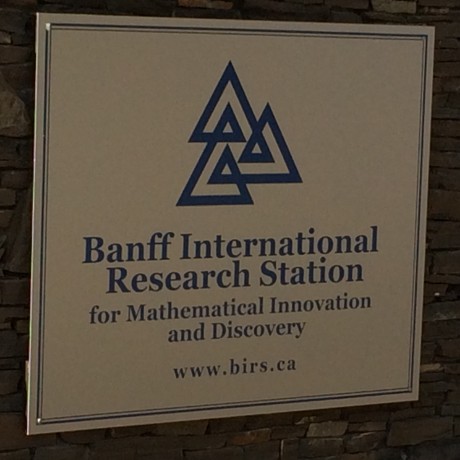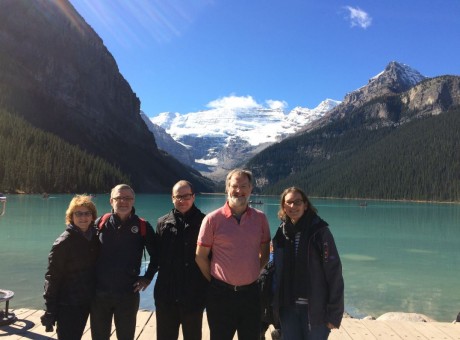At a recent workshop at Banff International Research Station for Mathematical Innovation and Discovery, I presented my research on high-dimensional numerical problems and its applications in finance.




Together with Wolfgang Schmidt, Professor of Quantitative Finance, I have extended LHS to incorporate dependence so that we can obtain efficient estimates of option prices on baskets of securities.
Man, was I excited when I received the invitation to attend the workshop “Approximation of High-Dimensional Numerical Problems – Algorithms, Analysis and Applications” at BIRS! Workshops at BIRS are by invitation-only and will typically host approximately 30 participants from all over the world. This is a great opportunity to share research and to learn what other researchers in your field are currently working on. And, as if that was not enough, BIRS is located in Banff, a beautiful resort in the Canadian Rocky Mountains. Luckily we got one afternoon off, and I was able to hike from Lake Louise to Lake Agnes and enjoy the picturesque scenery.
You can find more information on the workshop website.


Hiking at Lake Louise and Lake Agnes with Art Owen (Stanford) and his wonderful wife Patricia, Joseph Dick (UNSW) and Mike Giles (Oxford).
And in case you’re keen on understanding more on the technique developed, my talk was recorded and is available.
The related papers are available here and here.